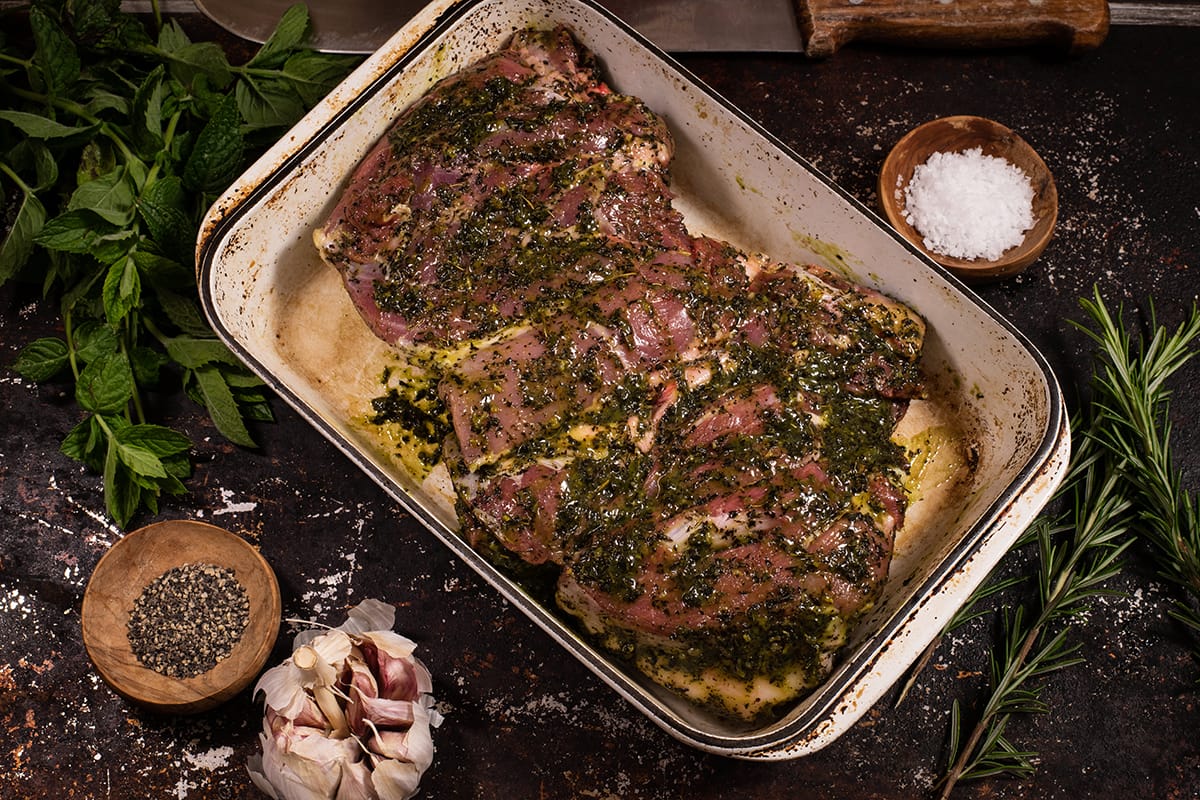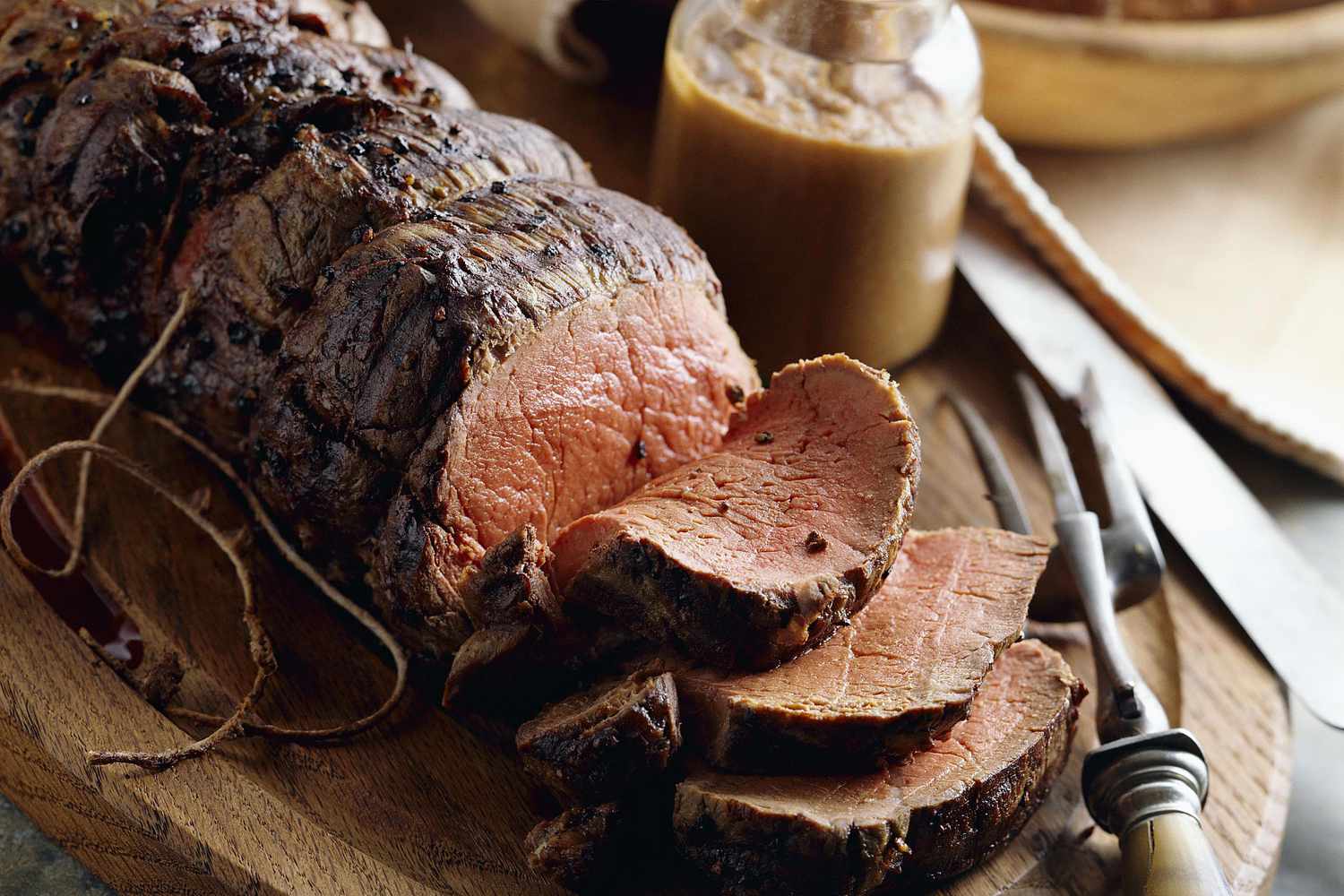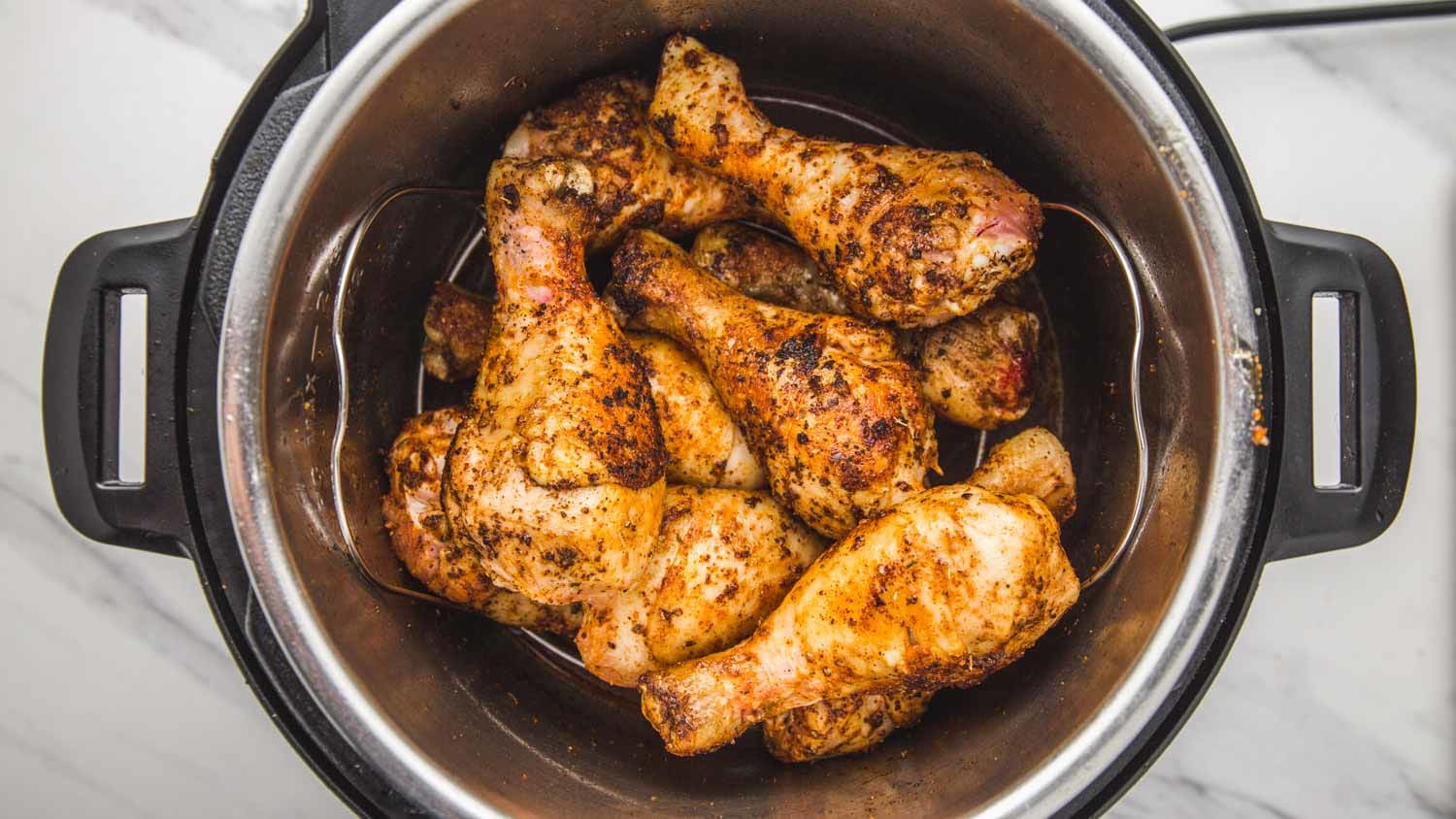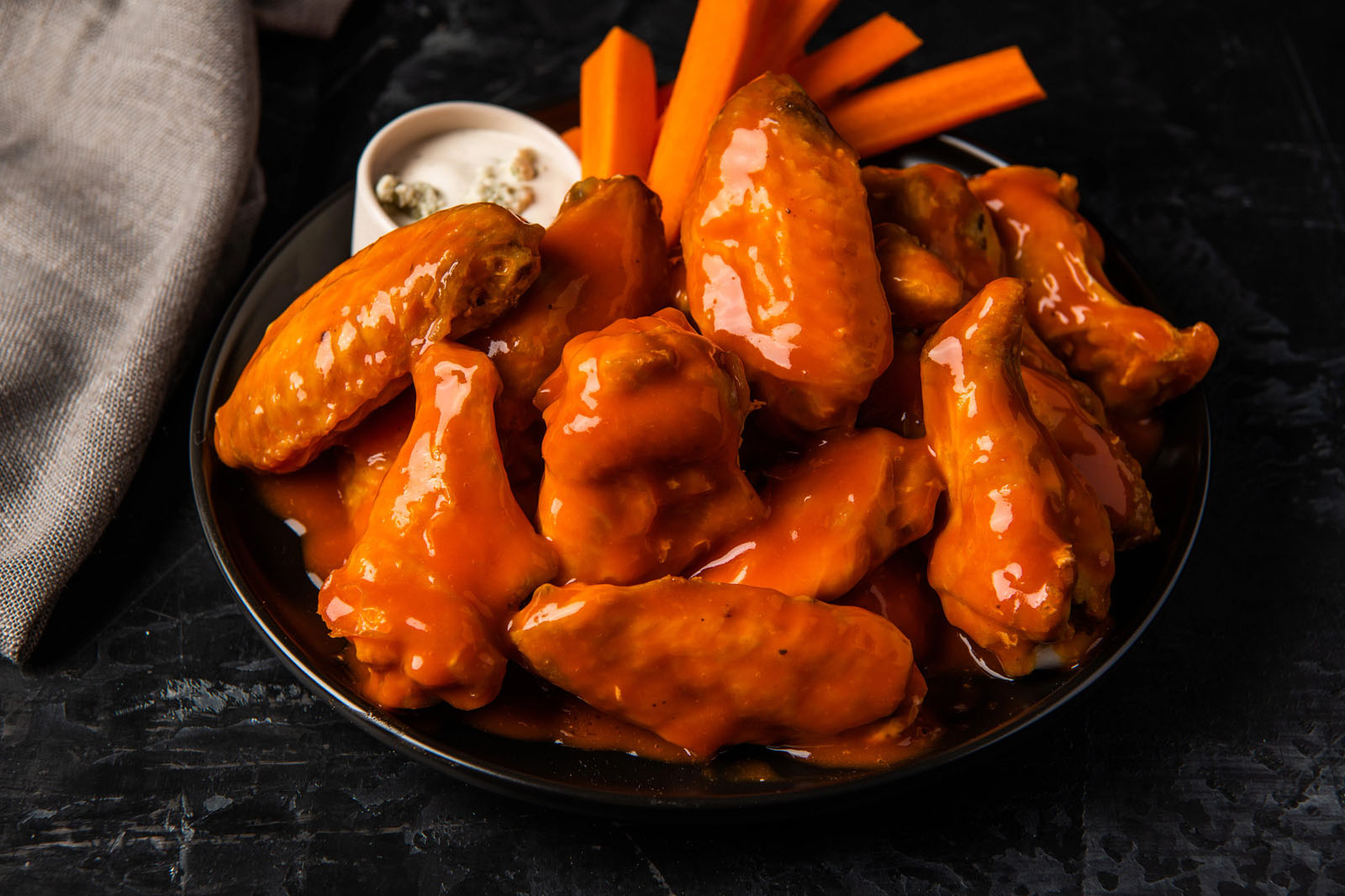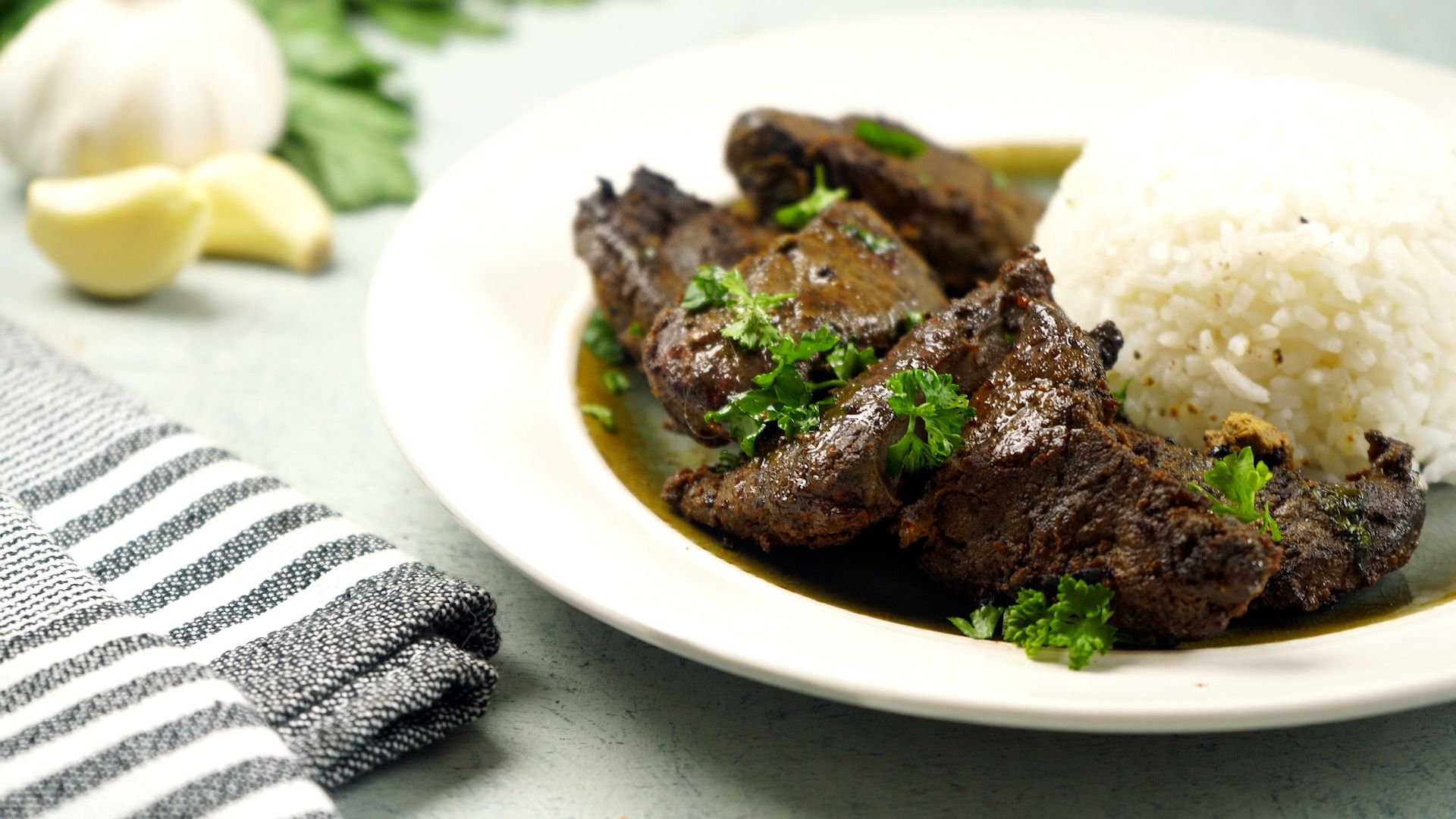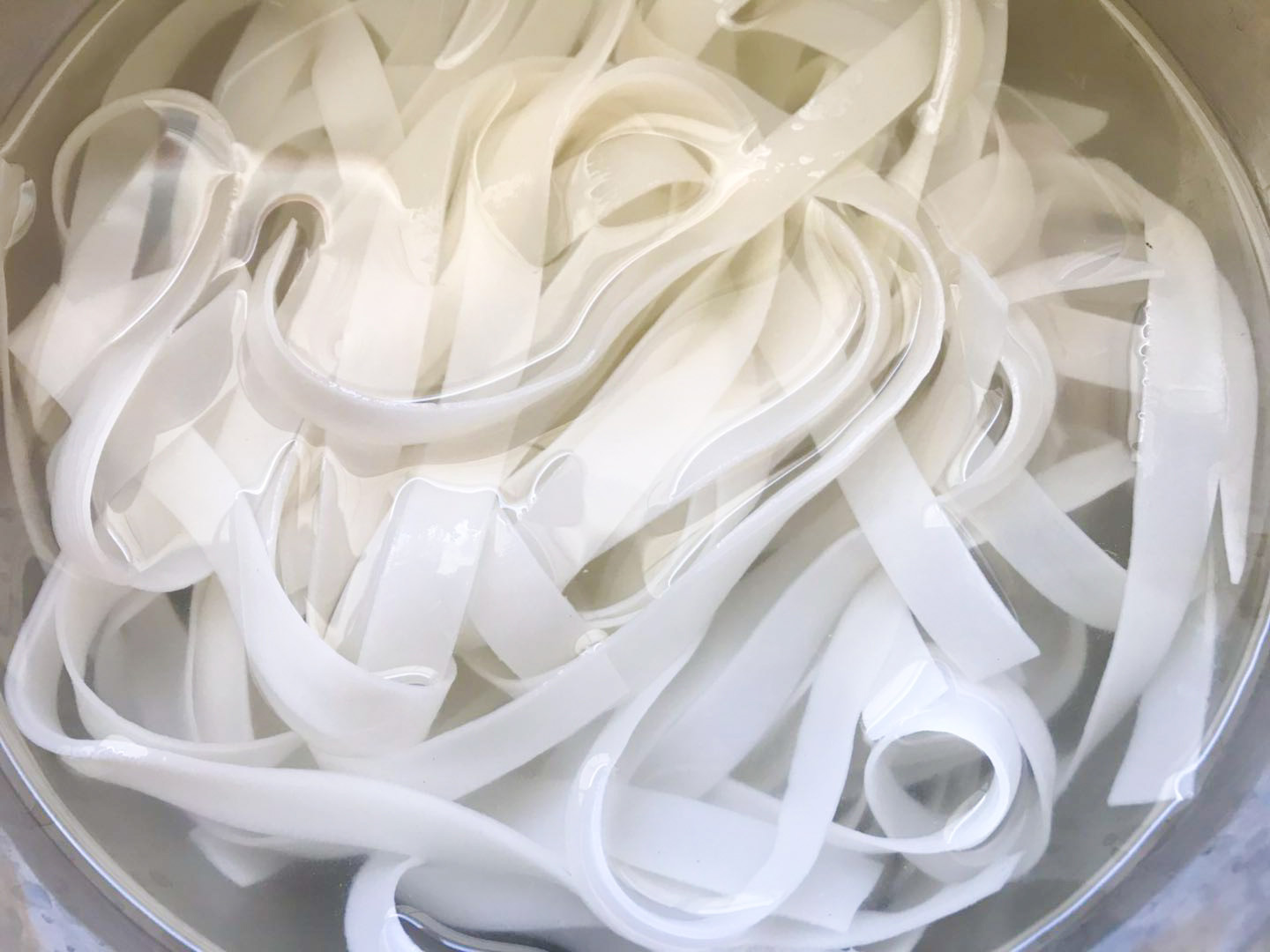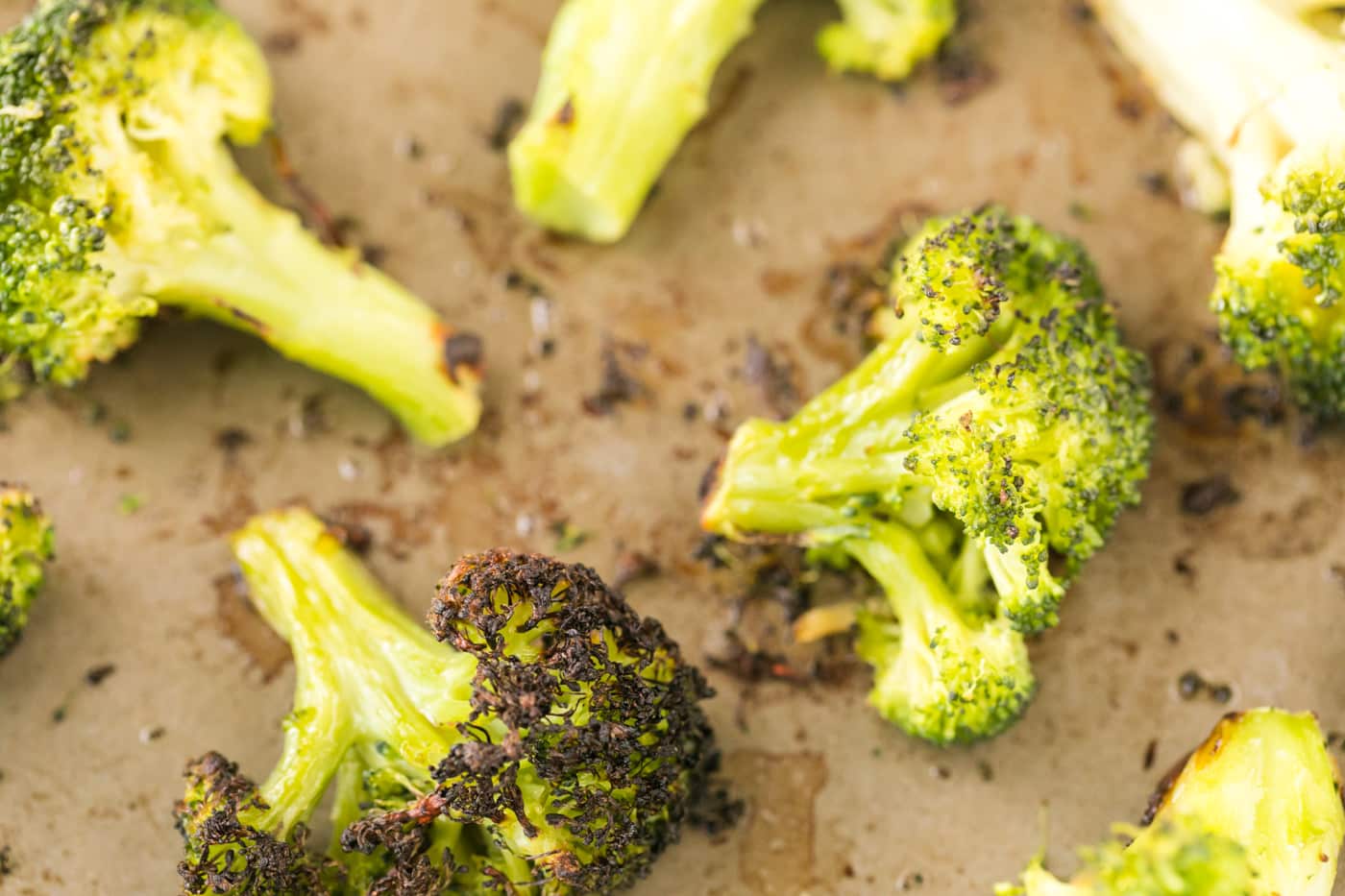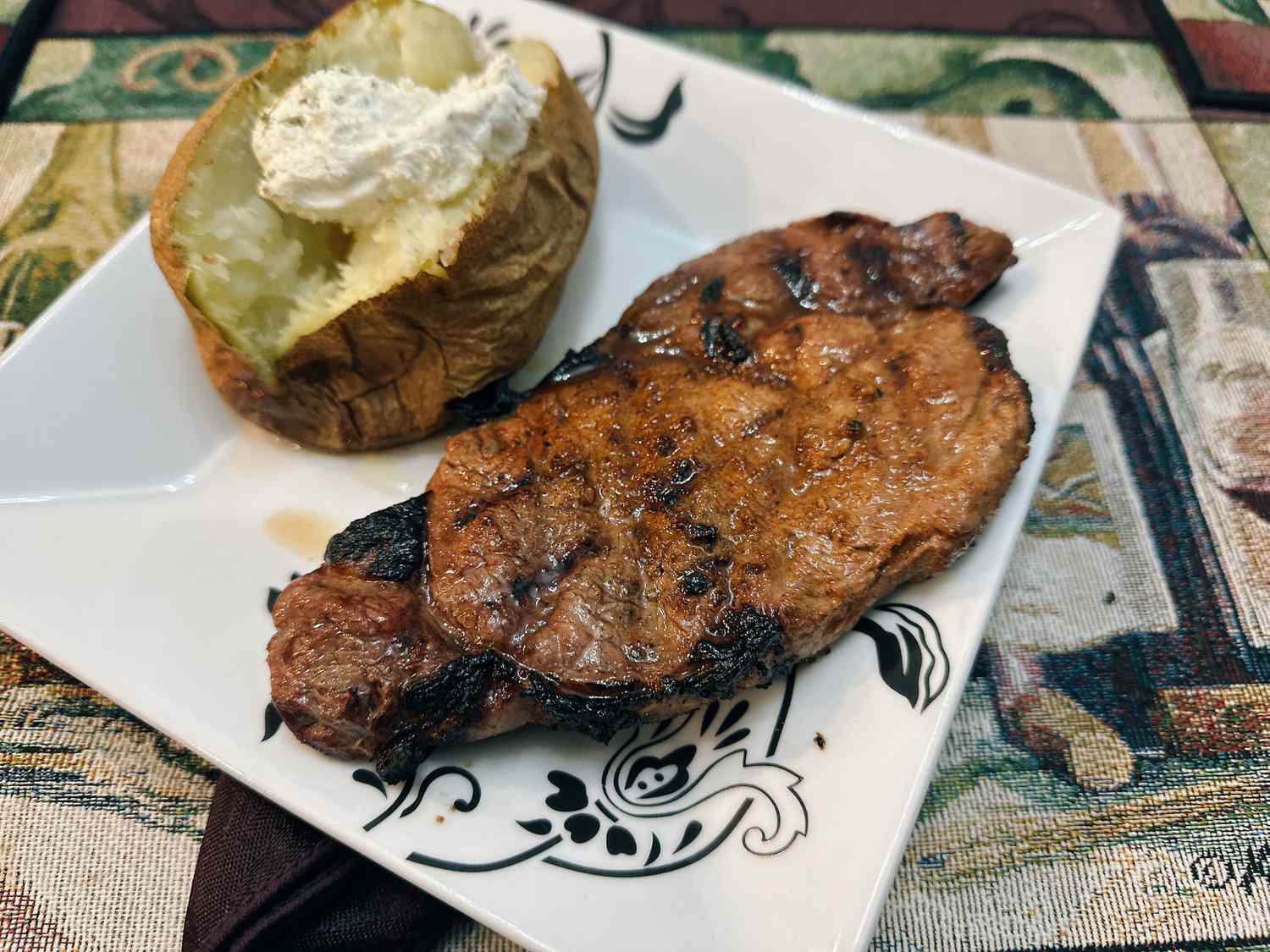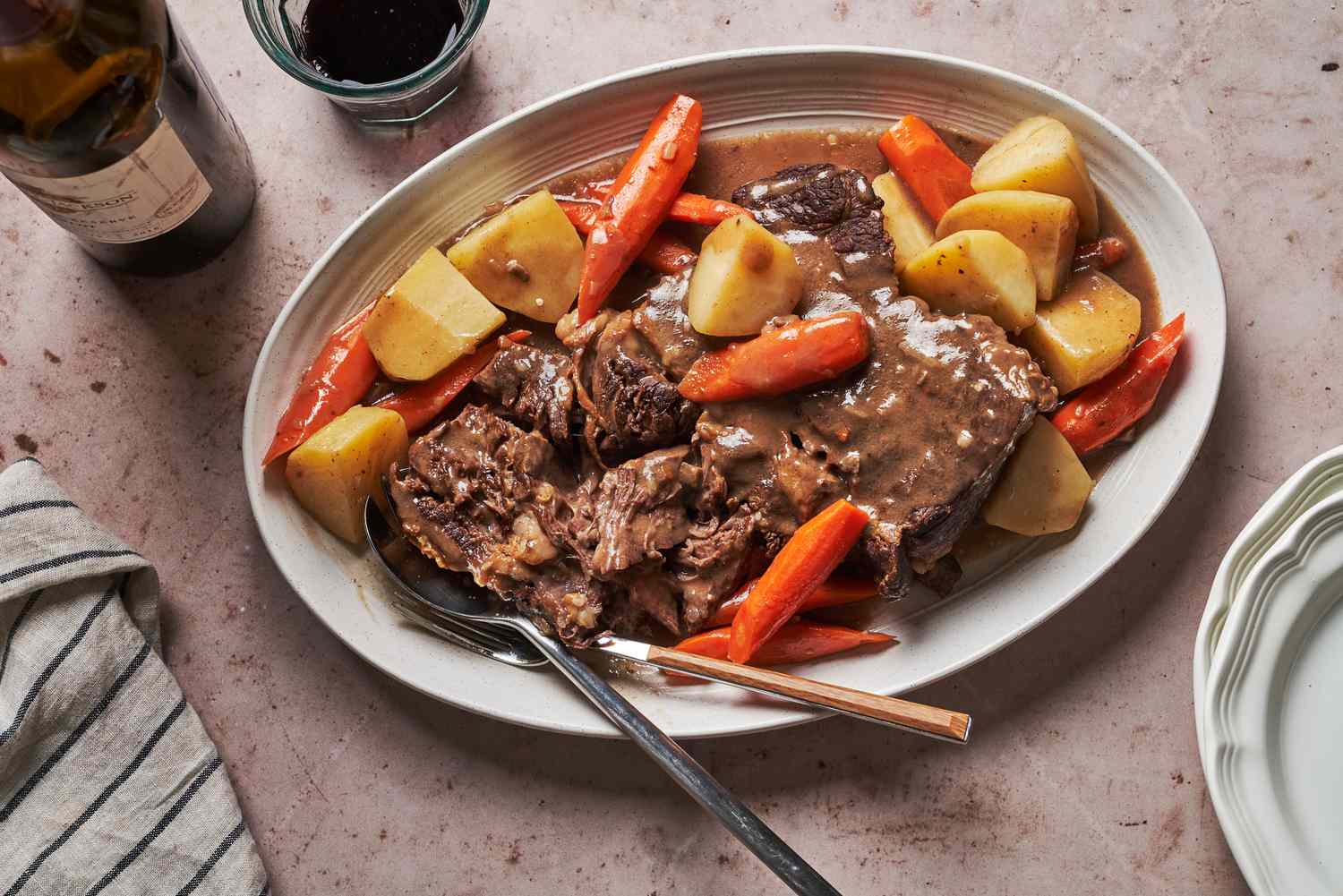The Perfectly Seared Ahi Tuna Steak: A Step-by-Step Guide
Are you craving a delicious and flavorful ahi tuna steak? Look no further! Cooking ahi tuna steak on the stove is a simple and quick way to enjoy this gourmet dish in the comfort of your own home. In this article, we will guide you through the process of preparing a mouthwatering ahi tuna steak that will leave your taste buds tingling.
Ingredients:
- 1 fresh ahi tuna steak
- 2 tablespoons of soy sauce
- 1 tablespoon of sesame oil
- 1 teaspoon of ginger (minced)
- 1 teaspoon of garlic (minced)
- 1 tablespoon of vegetable oil (for searing)
- Salt and pepper to taste
Instructions:
- Start by patting the ahi tuna steak dry with a paper towel. Season both sides generously with salt and pepper, ensuring that all edges are coated.
- Next, mix together the soy sauce, sesame oil, minced ginger, and minced garlic in a bowl. This flavorful marinade will infuse the ahi tuna steak with a delightful Asian-inspired taste.
- Place the ahi tuna steak into a shallow dish and pour the marinade over it. Make sure to coat the steak evenly on both sides. Allow the steak to marinate in the refrigerator for at least 30 minutes, allowing the flavors to penetrate the meat.
- Heat a tablespoon of vegetable oil in a skillet over medium-high heat. You can also use a grill pan for those beautiful sear marks. Once the oil is hot, carefully place the marinated ahi tuna steak onto the skillet.
- Sear the steak for approximately 2-3 minutes on each side, depending on the thickness of the cut. For a rare to medium-rare consistency, aim for an internal temperature of 125°F to 130°F (52°C to 54°C). It’s important not to overcook the ahi tuna steak, as it can result in a dry and less flavorful dish.
- Once the steak is cooked to your desired doneness, remove it from the skillet and let it rest for a few minutes. This resting period seals in the juices and enhances the tenderness of the meat.
- Finally, thinly slice the ahi tuna steak against the grain to reveal its beautiful, pink center. Serve it on a bed of mixed greens or alongside some steamed rice for a complete and satisfying meal.
There you have it! A perfect, seared ahi tuna steak that you can easily prepare on your stovetop. With its tender texture and flavorful marinade, this dish is sure to impress even the most discerning seafood lover. Enjoy!
Share your tips and techniques for cooking ahi tuna steak on the stove in the Cooking Techniques forum.
FAQ:
What is Ahi Tuna?
Ahi tuna, also known as yellowfin tuna, is a type of fish found in warm waters. It has a rich, meaty texture and is known for its mild flavor.
Can I cook Ahi Tuna steak on the stove?
Absolutely! Ahi Tuna steak can be easily cooked on the stove, allowing you to enjoy a restaurant-quality meal in the comfort of your own kitchen.
How do I choose a good quality Ahi Tuna steak?
Look for Ahi Tuna steak that has a vibrant pink color, is firm to the touch, and has a fresh scent. Avoid steaks with a dull or discolored appearance.
How should I season my Ahi Tuna steak?
A simple seasoning of salt and pepper works well to enhance the natural flavors of Ahi Tuna steak. You may also add other herbs and spices like sesame seeds, garlic powder, or soy sauce for added flavor.
What is the best way to cook Ahi Tuna steak on the stove?
Heat a skillet or grill pan over medium-high heat and add a small amount of oil. Sear the Ahi Tuna steak for about 1-2 minutes on each side for rare to medium-rare doneness. Cooking time may vary depending on the thickness of the steak.
Can I cook Ahi Tuna steak well-done on the stove?
It is generally recommended to cook Ahi Tuna steak to rare or medium-rare to preserve its tender texture and flavor. Cooking it well-done may result in a tougher and drier steak.
How do I know when my Ahi Tuna steak is done?
Ahi Tuna steak is best when cooked to medium-rare, which means the center should still be slightly pink. You can use a meat thermometer to check the internal temperature, which should read around 125°F (52°C) for medium-rare.
Was this page helpful?
Read Next: How To Cook Salmon And Asparagus In The Oven
